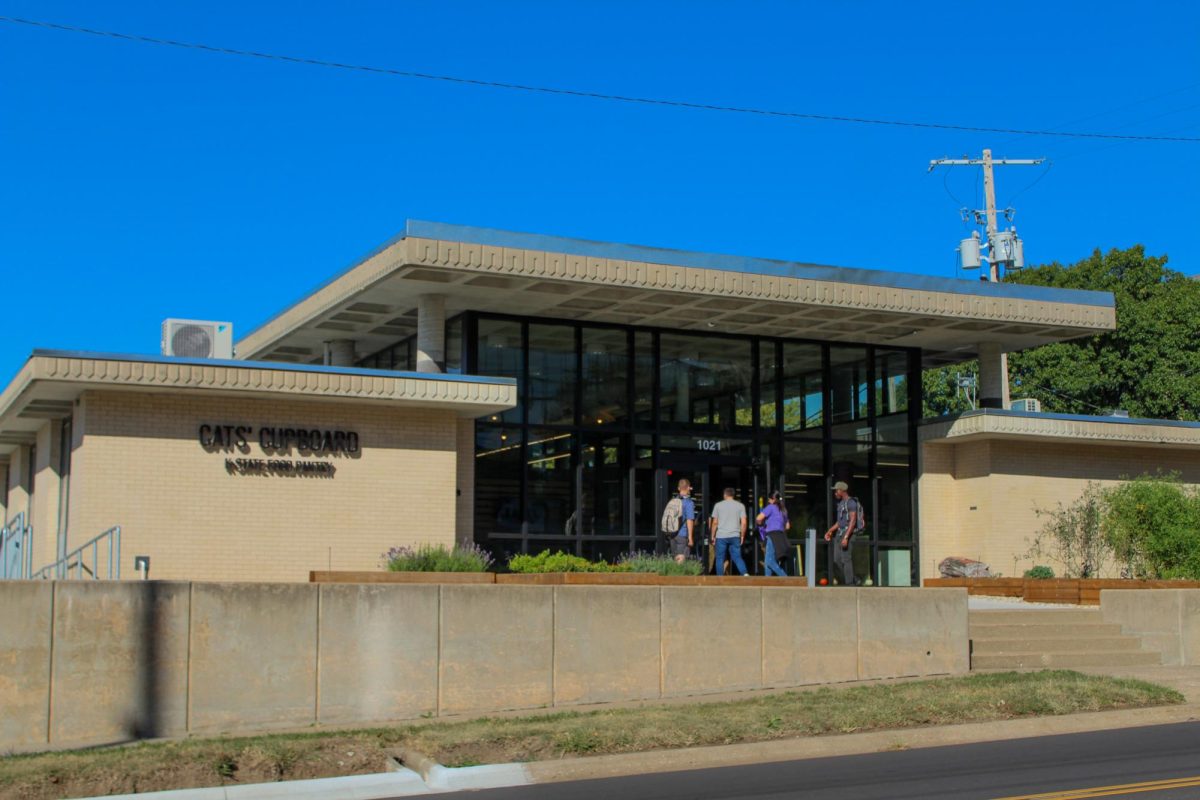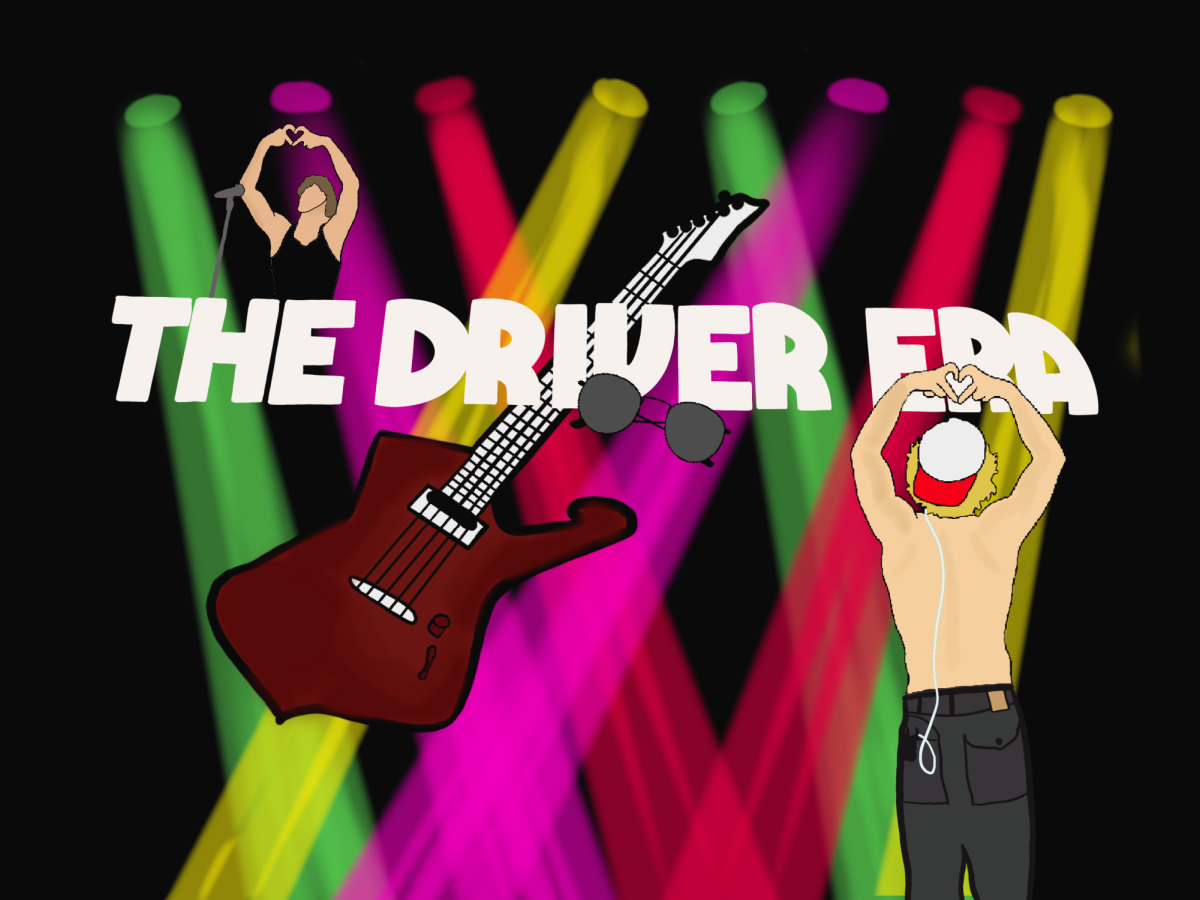What is a customer journey map?
A customer journey map visually outlines all interactions a customer has with your business, from initial awareness to repeat business. It helps companies see the customer’s experience at each touchpoint, identifying both positive interactions and pain points.
For instance, a map might show that customers struggle with a mobile website but value the in-store experience. These insights guide targeted improvements for a better customer experience.
Why is mapping the customer journey important?
Customer journey mapping is an effective way to gain a deeper understanding of both current and potential customers and to improve existing or future marketing techniques. It enables targeted messaging, increases sales, and enhances satisfaction, retention, and loyalty among consumers. By highlighting customer needs and behaviors, these maps guide improvements and inform more effective business strategies.
Benefits of a customer journey map
By using a customer journey map, businesses can:
1. Walk in your customers’ shoes
Analyzing customer behaviors provides insight into their experience with your brand. Customer journey mapping challenges assumptions and identifies where customers encounter problems, making it easier to guide them through a better experience. A customer-centered culture helps align stakeholders with both the customer and the business.
2. Identify unmet user needs
Mapping customer interactions helps identify gaps and blockers in the journey. By understanding user needs, you can provide the right information at key moments, improving the overall experience.
3. Understand complex journeys across multiple touchpoints
Customers use various channels to interact with brands. Journey mapping visualizes these complex interactions, allowing you to deliver the right content at the right time for each audience.
4. Visualize emotions, not just actions
Customer journeys are emotional. A journey map helps you understand customer feelings, improve service, and build trust.
5. Create personalized experiences
Journey mapping enables you to create personalized touchpoints based on customer intent, enhancing the experience through tailored content, support, and onboarding.
6. Align cross-functional stakeholders
Customer journey mapping brings teams together, reducing misalignment and ensuring a cohesive view of the customer experience, which speeds up issue resolution.
7. Improve ROI through customer satisfaction
Mapping helps improve customer onboarding and feature adoption, increasing satisfaction and loyalty, which boosts ROI. Use tools like Hotjar Heatmaps to identify and fix blockers.
8. Gain a competitive edge
Mapping reveals opportunities to enhance the customer experience and product differentiation, helping your brand stay competitive and relevant.
Elements of a customer journey map
Several core elements are necessary to create an effective customer journey map:
1. Customer persona
You need a clear representation of your customer, capturing their needs, challenges, and behaviors. This is essential for mapping the journey accurately.
2. Phases
A customer journey is divided into phases, which represent the stages of decision-making and purchasing. Typical phases include:
– Awareness: The customer becomes aware of a need or problem.
– Research: They research solutions and evaluate options.
– Consideration: They narrow down their choices and prepare to make a decision.
– Purchase: The customer makes a purchase.
– Support: Post-purchase, they use the product or service and consider future interactions or purchases.
3. Touchpoints
These are the interactions between customers and the brand at different stages of the journey. Touchpoints can include:
– Marketing materials (ads, brochures, etc.)
– Storefronts or digital platforms (websites, social media)
– Customer service interactions (calls, chatbots, emails)
– The purchasing process (checkout, payment)
– Post-purchase communication (emails, surveys)
4. Customer thoughts, actions, and emotions
At each touchpoint, document what the customer thinks, does, and feels. It’s important to rely on real feedback rather than assumptions. Surveys and live interactions can provide valuable insight into how customers perceive their journey.
5. Opportunities for improvement
Look for pain points or roadblocks in the customer journey where improvements can be made. These might include inefficient processes, unclear communication, or dissatisfaction with customer service.
How to create a customer journey map
Creating a customer journey map involves several essential steps to accurately capture all interactions and touchpoints. Here’s how to proceed:
1. Set clear objectives
Define what you want to achieve with the map, such as improving customer satisfaction, boosting conversion rates, or pinpointing pain points. Your goals will steer the mapping process.
2. Create customer personas
Develop semi-fictional profiles of typical customers, detailing their behaviors, motivations, and challenges. Use data from analytics, feedback, and interviews to craft accurate personas.
3. List all touchpoints
Identify all direct and indirect touchpoints where customers interact with your brand, including customer support calls, website visits, and third-party reviews. This comprehensive list ensures a thorough journey map.
4. Map personas to touchpoints
Align customer personas with each touchpoint, considering their experience from problem recognition to post-purchase interactions. This helps in understanding the journey from the customer’s perspective.
5. Identify customer actions, thoughts, and emotions
For each touchpoint, analyze the customer’s feelings, actions, and thoughts. Use qualitative feedback from surveys or live interactions to uncover pain points and highlights.
6. Identify opportunities for improvement
Review the completed journey map to find areas for enhancement. Look for friction points in the purchasing process or stages where customers drop off. Addressing these gaps helps improve customer satisfaction.
Conclusion
A customer journey map can give a business a good understanding of the totality of the customer’s experience, and expose problems. This in turn results in a more desirable flow, superior handling of the customer and staff, as well as optimal alignment of objectives in terms of boosting customer satisfaction and loyalty as well as sustaining competitive advantage.












































































































